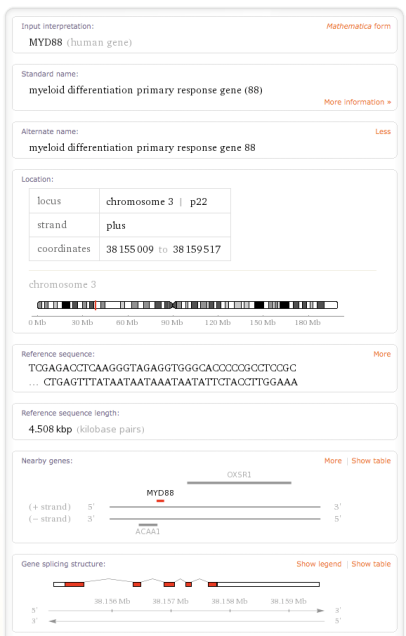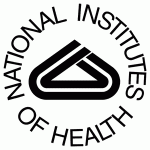In a relatively recent editorial (I need to catch up), the journal Nature tells us that it is OK to blog. It might even be a good thing! This piece more specifically addresses “discussing” and even disclosing results that are slated for publication in their journal (and therefore are embargoed by the journal until publication).
Rationale for imposing embargoes on research to be published: “This embargo policy rests on the principle that scientists’ and the public’s best interests are served by press coverage of work that has been peer reviewed, and is available for others to see for themselves.” The peer review process is obviously critical but at the same time is fundamentally relying on trust and honesty. Also it cannot guaranteed that the results are indeed reliable, especially when you realize how much a publication in a high impact journal can change the course of a scientific career. It is besides the point here but if you insist, read on: “Why Most Published Research Findings are False”.
The flip side: “At the same time, however, our cardinal rule has always been to promote scientific communication.”
The editorial then goes on to describe results communicated at conferences, on preprint servers or in blogs as fair game for journalistic coverage and this does not constitute a breach of embargo.
Some aspects of the embargo rule are to say the least confusing. What I find interesting is the notion that after all communicating data on the web, in a blog is OK as far as a high impact journals as Nature is concerned. Now I wonder if this rule applies to data communicated and discussed in Knol.
One final comment: “The experience of journals such as Cell and PLoS ONE, which allow people to comment on papers online, suggests that researchers are very reluctant to engage in such forums. But the blogosphere tends to be less inhibited, and technical discussions there seem likely to increase.”
This editorial has been opened for discussion on the Nature Opinion Forum… which had to be closed promptly after being hit by spammers. That’s Web 2.0 for you!
You can also read an interesting post covering this topic from the evolving ideas blog.
More interesting reading material from Maxine Clarck the author is also available here.
Filed under: Knowledge Dissemination, Web Publishing





